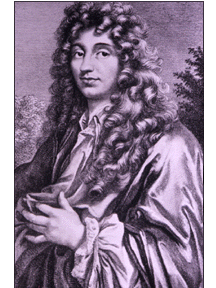Portrait of Christian Huygens
SPL/Photo Researchers
Christian Huygens
Christian Huygens was a Dutch physicist and astronomer who lived between 1629-1695. He found new methods for grinding and polishing lenses, making telescopes more powerful. Using a telescope he had made, Huygens first identified Saturn's rings and Saturn's largest moon, Titan.
In 1656, Huygens invented the first pendulum clock and greatly increased the accuracy of timekeeping devices, which had previously used springs. He also studied momentum and centrifugal force, and proposed the original wave theory of light.
You might also be interested in:

What types of instructional experiences help K-8 students learn science with understanding? What do science educators teachers, teacher leaders, science specialists, professional development staff, curriculum designers, school administrators need to know to create and support such experiences?
...more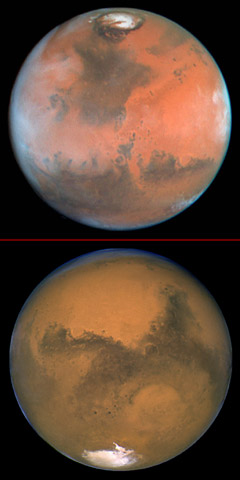
The North and South Poles on Mars are similar to the polar regions on Earth in many ways. They are the coldest places on the planet, with wintertime temperatures dipping to a frigid -150° C (about -238°
...more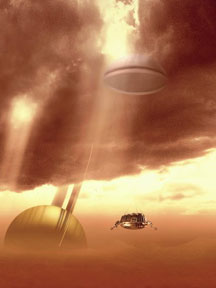
The Huygens space probe, built by the European Space Agency, landed on Saturn's giant moon Titan in January 2005. Huygens transmitted measurements of Titan's thick atmosphere, and images of the mysterious
...more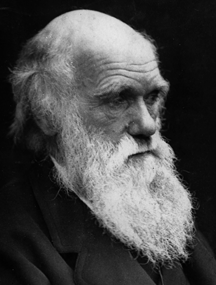
Charles Darwin was an English Naturalist who lived between 1809-1882. In 1859, with the publication of The Origin of Species by Means of Natural Selection, he challenged existing views on the appearance
...more
Christian Doppler was an Austrian mathematician who lived between 1803-1853. He is known for the principle he first proposed in Concerning the coloured light of double stars in 1842. This principle is
...more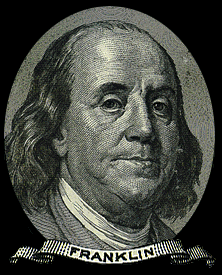
Ben Franklin was an American scientist and statesman who lived between 1706-1790. At a time when little was known about electricity, he carried out many experiments to learn of its dangers and possible
...more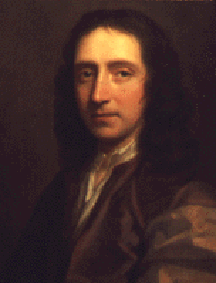
Edmond Halley was an English astronomer who lived between 1656-1742. Using historical records, his own observations, and Newton's universal law of gravitation, he reasoned that the comets which had appeared
...more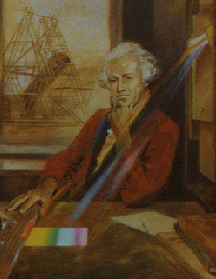
William Herschel was born in Germany and lived in England while he worked as an astronomer. He lived between 1738-1822. He built reflecting telescopes of high magnification, that let him observe the universe
...more
